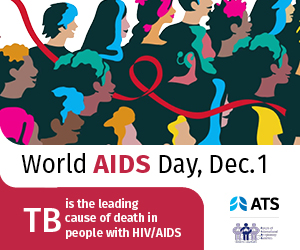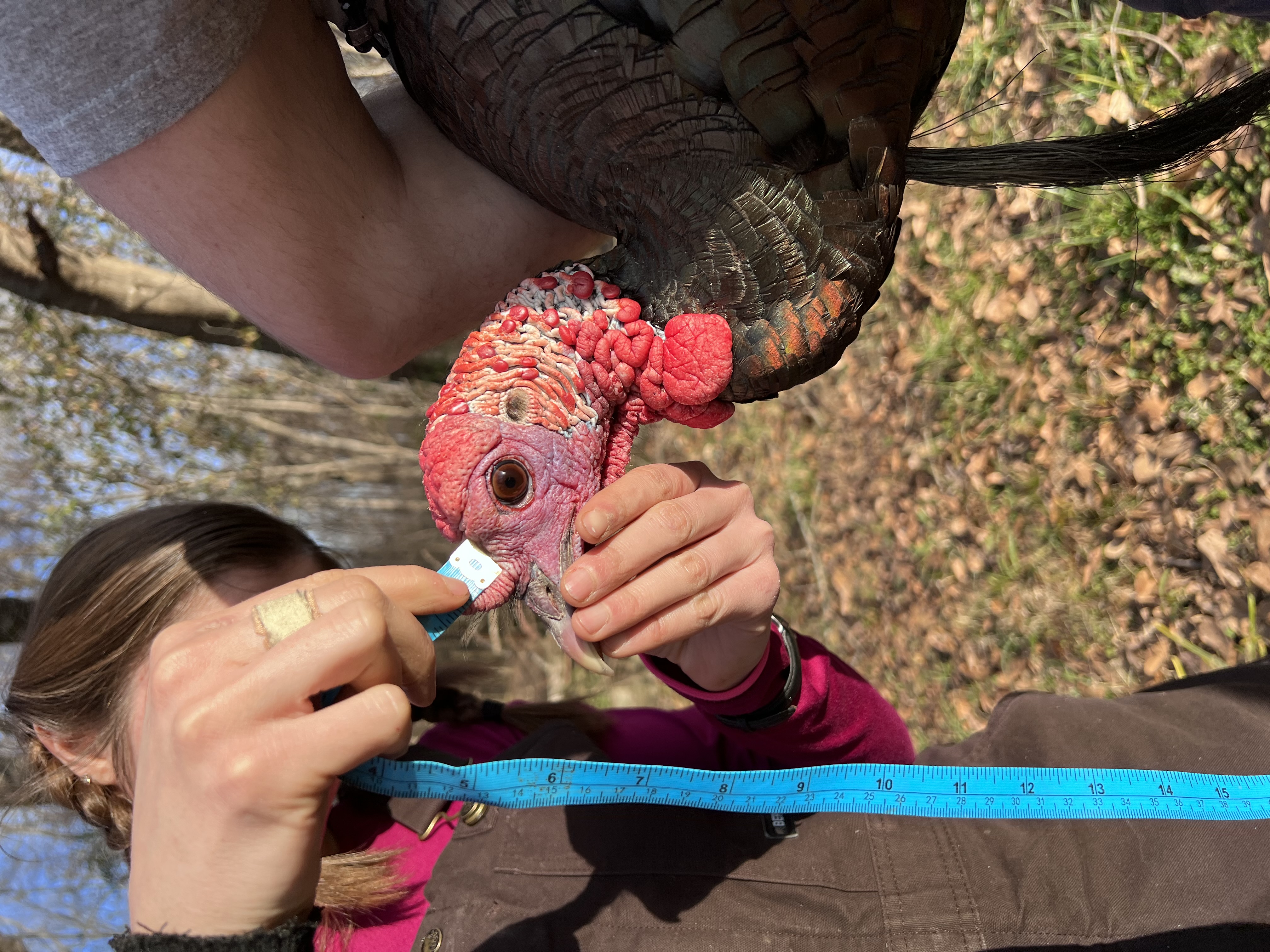Many vector-borne diseases are transmitted by blood-sucking flies, such as mosquitoes. Understanding the transmission risks of such diseases requires knowledge of potential vectors in the area, including information on vector diversity and abundance. In their study, the researchers demonstrated the limitations of standard mosquito community surveillance methods and identification techniques which lead to inaccurate reflections of mosquito community structures across different habitats.
To address this, the researchers took an integrative approach comprising a two-pronged strategy to boost accuracy in sampling by including mosquito larvae, and species identification using short DNA sequences, known as mini-barcodes, generated from a high technology Next Generation Sequencing (NGS) platform. The enhanced data accuracy can reduce error cascades in downstream analyses for both ecological studies and vector surveillance. The approach can potentially be applied to other blood-sucking flies of medical interest such as biting midges and sandflies as well.
The findings were published in the Journal of Applied Ecology on 5 August 2021.
Reducing error cascades by enhancing data accuracy
Traditional estimates of mosquito diversity are typically based on adult female trapping methods targeting host-seeking species. However, these may represent a biased snapshot of an area’s mosquito community structure as larval stages are overlooked.
Including mosquito larvae sampling in various field sites in Singapore improved overall diversity estimates by 38 per cent compared to a sample comprising adult-only data. The enhanced estimate contributes to baseline knowledge on potential vectors in Singapore as some of these mosquito species have been found to harbour various pathogens in other countries. Sampling larvae also facilitates targeted management of mosquito species at the larval stage.
Identification of mosquitoes using traditional surveillance methods based on external characteristics also poses a challenge due to physical similarities between different species, as well as variations within individual species. The team employed a variety of sampling methods to target both adult and larval mosquitoes, and demonstrated that the use of mini-barcodes can differentiate species such as Aedes (Downsiomyia), Anopheles barbirostris complex and Culex (Lophoceraomyia) that are challenging to identify based on adult appearances alone. The NUS researchers were the first to successfully use the mini-barcodes on mosquitoes, and show its utility to reduce misidentification in species estimation. Their results led to more accurate reports on species diversity and the facilitation of vector control efforts, especially for medically-relevant insect groups. In addition, damaged specimens can be processed and identified using mini-barcodes, unlike standard surveillance methods.
Navigating a fragmented landscape
“Rapid urbanisation and land use changes in Singapore have resulted in a highly fragmented landscape which increases contact zones between forests and densely populated urban spaces. Our approach plays a crucial role to enhance understanding of the diversity and composition of different species, and can help facilitate early-warning detection and design of suitable management strategies,” said Asst Prof Nalini.
The researchers also plan to conduct further studies on scaling up species identification capabilities using DNA barcoding and industry applications for the integrated approach.



